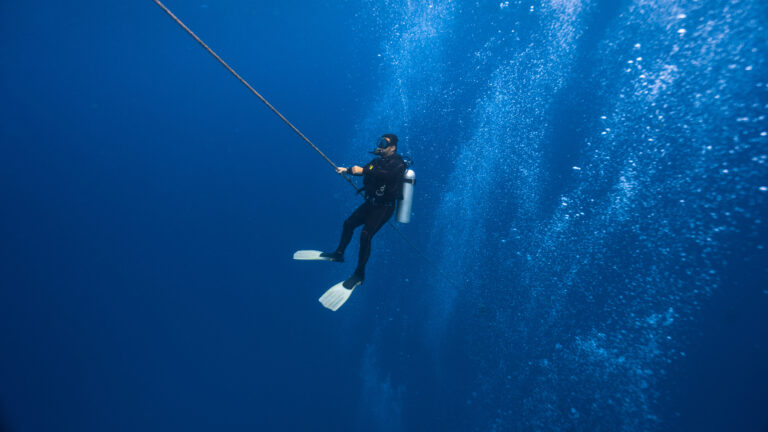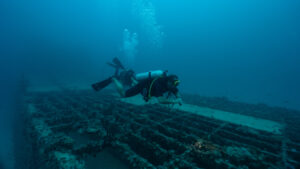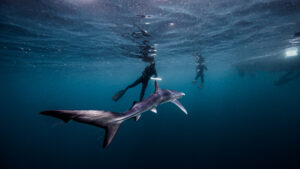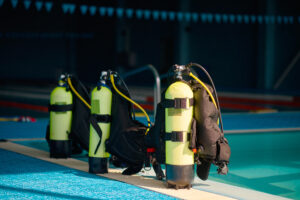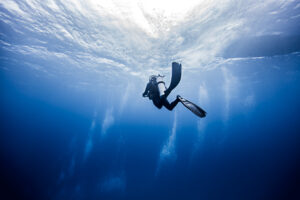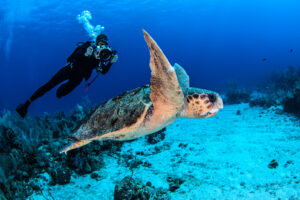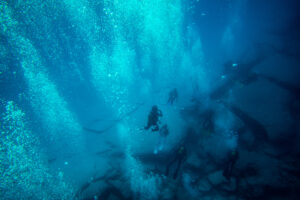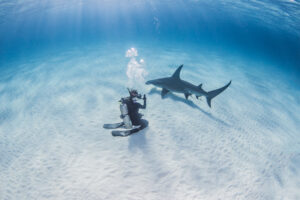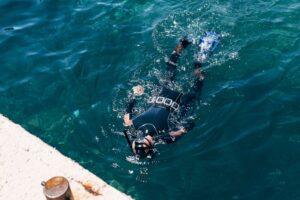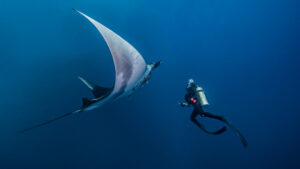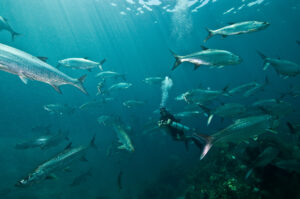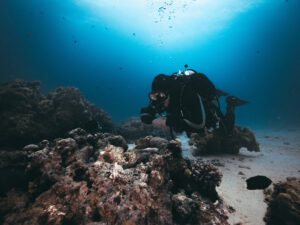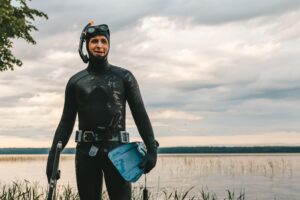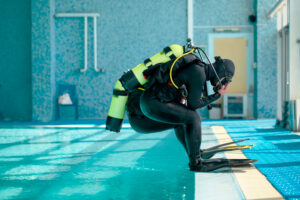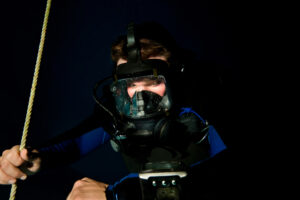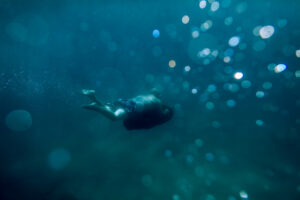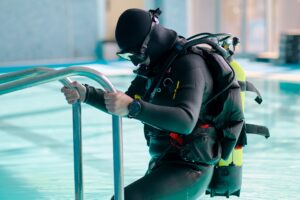What is the Primary Second Stage?
The primary second stage, commonly referred to as the ‘primary,’ is a vital component of the scuba diving regulator system that enables divers to breathe comfortably and efficiently underwater. It consists of the mouthpiece and the purge valve and plays a crucial role in ensuring a smooth, controlled air supply from the high-pressure tank to the diver’s mouth. This entry discusses the primary second stage, its various features, and its function in the context of the broader scuba diving experience.
Understanding the Regulator System
To fully appreciate the role of the primary second stage, it is essential to comprehend the broader regulator system in scuba diving. The regulator system is a complex set of components responsible for reducing high-pressure air from the scuba tank to a breathable pressure for the diver. It is composed of two main parts: the first stage and the second stage.
The first stage is connected directly to the scuba tank and is responsible for reducing the high-pressure air to an intermediate pressure. The second stage, divided into primary and alternate second stages (also known as the octopus), further reduces the intermediate pressure air to a breathable pressure and delivers it to the diver through the mouthpiece.
Primary Second Stage: Features and Functionality
- Mouthpiece: The mouthpiece is a crucial component of the primary second stage, as it is the part that the diver places in their mouth to breathe. It is typically made of high-quality, non-toxic silicone, which is soft and comfortable to bite down on. The mouthpiece has a flexible design to fit various mouth shapes and sizes comfortably. It is also replaceable, allowing divers to maintain hygiene and comfort.
- Purge Valve: The purge valve is a one-way valve located at the base of the mouthpiece. It allows the diver to clear water out of the regulator by exhaling forcefully or pressing the purge button. The valve is designed to prevent water from entering the regulator when the diver is not inhaling, ensuring a continuous supply of air without any water intrusion.
- Demand Valve: The demand valve is a crucial component of the primary second stage that senses the diver’s inhalation and provides air only when needed, conserving the air supply. It is responsible for reducing the intermediate pressure air from the first stage to ambient pressure, making it breathable for the diver. The demand valve also ensures that the air flow remains smooth and uninterrupted, even during rapid or deep inhalations.
- Exhaust Valve: The exhaust valve is a one-way valve that allows exhaled air to exit the regulator, preventing the build-up of carbon dioxide. It is typically located on the sides of the primary second stage and directs the exhaled air away from the diver’s face, ensuring clear vision and reducing the risk of bubbles obstructing the diver’s view.
- Hose: The hose connects the primary second stage to the first stage, transporting the intermediate pressure air from the first stage to the demand valve. It is made of durable materials, such as braided nylon or rubber, and is designed to withstand the pressures and conditions of the underwater environment.
Alternate Second Stage (Octopus)
The alternate second stage, or octopus, is a backup regulator that functions similarly to the primary second stage. It is an essential safety measure in case the primary second stage fails or if a diving buddy needs assistance. The octopus is typically connected to the same first stage as the primary but has a longer hose and is often color-coded (usually yellow) for easy identification during emergencies.
Maintenance and Care
Proper maintenance of the primary second stage is essential to ensure its longevity and optimal performance. Regular inspection and cleaning after each dive, especially in saltwater environments, are crucial to prevent corrosion and buildup of debris. Additionally, servicing by a certified technician at least once a year or as recommended by the manufacturer is necessary to maintain the regulator’s functionality and safety.
During maintenance, it is essential to check for any signs of wear and tear, such as cracks or tears in the mouthpiece, hose, and other components. Replacing worn parts promptly can prevent potential malfunctions and ensure a safe and enjoyable diving experience.
Performance Considerations
When selecting a primary second stage, divers should consider factors such as ease of breathing, resistance to free flow, and comfort. Different regulator models may offer varying levels of performance based on these factors, and understanding individual preferences and diving conditions can help in choosing the right regulator.
- Ease of Breathing: A well-designed primary second stage should provide smooth, effortless breathing at various depths and during different activities, such as swimming against currents or in cold water. Some regulators offer adjustable inhalation resistance, allowing divers to fine-tune the breathing effort according to their preference and diving conditions.
- Resistance to Free Flow: A free flow occurs when the demand valve fails to close properly, causing a continuous flow of air. This can deplete the air supply rapidly and pose a significant risk to the diver. Quality regulators incorporate mechanisms to minimize the risk of free flow, such as venturi adjustments or pre-dive switches.
- Comfort: A comfortable mouthpiece and ergonomic design are essential factors to consider when selecting a primary second stage. The mouthpiece should fit securely and comfortably in the diver’s mouth, without causing strain or discomfort during prolonged use. The regulator’s overall design should also minimize jaw fatigue and allow for natural head positioning, ensuring a more enjoyable diving experience.
Key Takeaways
The primary second stage is a critical component of the scuba diving regulator system, providing a safe and efficient means for divers to breathe underwater. Understanding its features, functionality, and maintenance requirements can significantly enhance the diver’s safety and overall diving experience. By choosing the right primary second stage and adhering to proper maintenance practices, divers can ensure a reliable, efficient, and comfortable air supply during their underwater adventures.

